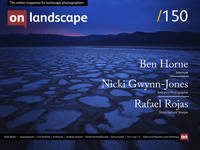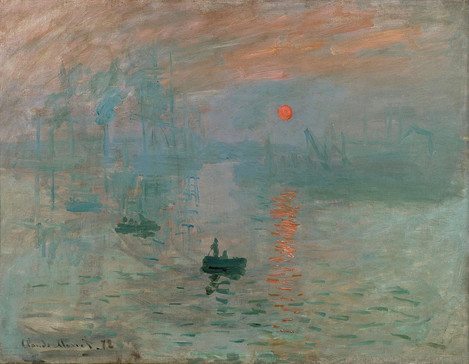The Impact of Impressionism on Photography

Keith Beven
Keith Beven is Emeritus Professor of Hydrology at Lancaster University where he has worked for over 30 years. He has published many academic papers and books on the study and computer modelling of hydrological processes. Since the 1990s he has used mostly 120 film cameras, from 6x6 to 6x17, and more recently Fuji X cameras when travelling light. He has recently produced a second book of images of water called “Panta Rhei – Everything Flows” in support of the charity WaterAid that can be ordered from his website.
It is difficult to avoid the Impressionist painters. There have been so many blockbuster exhibitions over the last two decades, along with the ubiquitous posters and prints (and all the mugs, bags and umbrellas … ), and another major Monet exhibition is opening in London in 2018. The first group exhibition of the painters we now know as the Impressionists was organised in 1874 by ‘The Anonymous Society of Painters, Sculptors, Engravers, etc’, and was a response to rejections of the various artists’ work by the annual Paris Salon. The show was led by Claude Monet, Edgar Degas, Pierre-Auguste Renoir, Camille Pissarro and Berthe Morisot, and included 165 pieces of work by 30 artists. It was in a satirical review of this show by the critic Louis Leroy that the term ‘Impressionism’ was first used, derived from the title of Monet’s painting, Impression, sol Levant. It was not a name adopted by the artists themselves until their third exhibition in 1877; before that, they were known as the intransigents or independents. They held eight exhibitions in all, the last in 1886.
Perhaps less widely known is that this first “Impressionist” exhibition in 1874 was held at 35, boulevard des Capucines, which at that point also housed the studio and exhibition space of the photographers Gustave Le Gray and Nadar (Gaspard-Félix Tournachon). Nadar, who became the most fashionable portrait photographer in the French capital, is known for taking some of the very earliest aerial photographs of Paris (from a balloon)1 and some of the first photographs made with artificial light (in the catacombs of Paris). This close physical proximity suggests the likelihood of links and influences between photography and the Impressionists, and indeed this has been the subject of a number of academic studies2 and exhibitions.3


